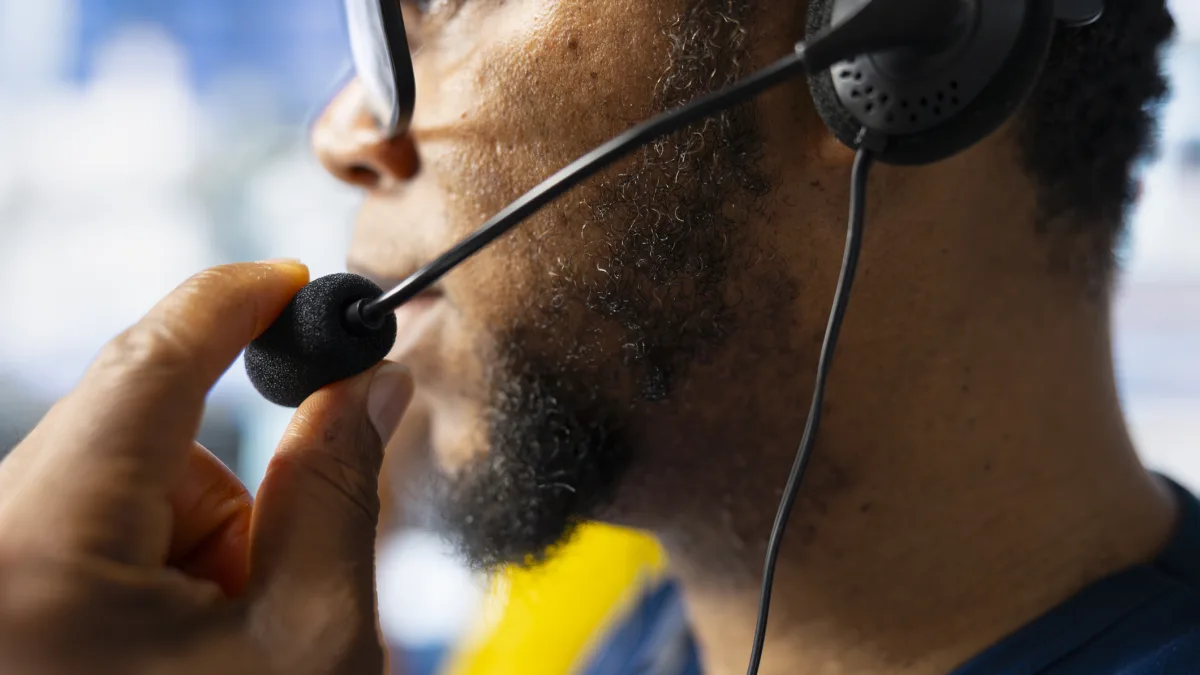Microsoft this week joined the growing ranks of corporate traditionalists demanding that employees drag themselves back to the office—in thhis case, for at least three days per week. Amy Coleman, the company’s Chief People Officer, proclaimed that “the most meaningful breakthroughs happen when we build on each other’s ideas together, in real time”—a sentiment that would have been laughable to the very engineers who built Teams, the platform that enabled real-time collaboration for millions during the Covid-19 pandemic.
The new policy places Microsoft alongside the usual suspects: Amazon’s draconian five-day mandate, Google’s thrice-weekly requirements, and a parade of other firms desperately clinging to the illusion that proximity equals productivity.
A KPMG survey reveals that 83 per cent of big-company CEOs expect full-time office returns within three years, suggesting a collective fantasy amongst the corner-office class that bears little resemblance to reality.
The productivity paradox
The case for remote work’s effectiveness has become so robust that one wonders whether these executives have been working from a parallel universe. Recent research by the US Bureau of Labor Statistics finds a positive relationship between total factor productivity and remote work, whilst Stanford studies show remote workers are up to 47 per cent more productive than their office-bound colleagues.
The most comprehensive analysis comes from Stanford economist Nicholas Bloom’s study of 1,600 workers at Trip.com, which found that employees working from home were just as productive and as likely to be promoted as their fully office-based peers, whilst resignations fell by 33 per cent. Even more telling, 79 per cent of managers feel their teams are more productive when working remotely—a rather inconvenient truth for the very managers now implementing these restrictive policies.
The mechanics are straightforward enough. Remote workers save an average of 8.5 hours per week by eliminating commutes, time that flows directly into productive output. Great Place to Work’s analysis of over 800,000 employees at Fortune 500 companies found that most experienced stable or increased productivity levels after shifting to remote work.
Meanwhile, 91 per cent of remote and hybrid workers believe they are as productive or more productive than the previous year.
The happiness dividend
Productivity, however, tells only half the story. Remote work fundamentally improves how people feel about their lives. Workers who worked from home 100 per cent of the time were 20 per cent happier on average than those who didn’t have the ability to work from home, according to research reported in Forbes. This isn’t merely about avoiding office politics or skipping the morning commute—though 80 per cent of remote workers believe greater work flexibility helps them take better care of their mental health.
The mental health benefits run deeper than convenience. Remote work allows employees to work in environments that suit their temperaments without the exhausting demands of constant social interaction—particularly valuable for introverts who find office socialising draining. Some 89 per cent of employees view flexible working hours as a primary mental health resource, with 84 per cent also prioritising remote work.
A FlexJobs survey found that 73 per cent of respondents reported improved work-life balance as a key benefit of remote work. The elimination of commute-related stress alone represents a significant quality-of-life improvement. The ability to structure one’s day according to personal rhythms—whether starting earlier or taking mid-day breaks—reduces stress in ways that no corporate wellness programme can match.
The environmental imperative
For companies genuinely committed to environmental sustainability, mandating office returns borders on the absurd. A 10 per cent increase in people working remotely could reduce carbon emissions by 192 million metric tons annually—cutting emissions from the globe’s most polluting sector, transportation, by 10 per cent.
The scale is remarkable: people who work remotely four or more days a week can reduce their carbon footprint by up to 54 per cent, according to research published in the Proceedings of the National Academy of Sciences. If 3.9 million people worked from home at least half time, it would reduce greenhouse gas emissions equivalent to removing 600,000 cars for an entire year—the same impact as planting 91 million trees.
Even modest remote work arrangements yield substantial benefits. UK research shows a difference of 19.8 kg CO2e per week between full office working and homeworking, whilst hybrid workers who work from home two to four days per week can reduce their carbon footprint by 11 per cent to 29 per cent.
The talent imperative
The war for talent increasingly hinges on flexibility. Some 70 per cent of job seekers include hybrid work in their preferred options, whilst if their flexibility to work remotely were taken away, one in three workers would start looking for a new job and six per cent would quit immediately.
Forward-thinking companies grasp this reality. Of the companies on the 2025 Fortune 100 Best Companies to Work For, 97 per cent support remote or hybrid work. These organisations report productivity that is nearly 42 per cent higher compared to typical US workplaces—not despite their flexible policies, but because of them.
The global talent pool accessible through remote work offers unprecedented opportunities for optimal employee-role matching. Going from 10 to 10,000 qualified candidates for a position allows far more productive matches, particularly when artificial intelligence assists in screening applicants.
The real agenda
The push for office returns often conceals less noble motivations. The head of the world’s largest commercial landlord has a vested interest in preserving white-collar business districts, whilst 87 per cent of CEOs say they are more likely to lavish “favourable assignments, raises, or promotions” on employees who came into the office—a transparent attempt to coerce compliance through professional advancement.
Some speculate that return-to-office mandates serve as ‘stealth layoffs’, designed to encourage voluntary departures without the costs and public relations nightmares of formal redundancies.
This cynical calculus treats human capital as expendable whilst ignoring the substantial costs of recruitment and training replacements.
The path forward
The case for remote and hybrid work has moved beyond debate. These arrangements deliver superior outcomes across virtually every meaningful metric: they boost productivity, enhance employee wellbeing, reduce environmental impact, and expand access to global talent pools. Companies that embrace these realities will attract the finest minds, whilst those clinging to outdated notions of presence-based productivity will find themselves increasingly irrelevant.
Microsoft’s retreat to the office represents more than misguided policy—it signals a failure of imagination. The future belongs to organisations that trust their employees, measure outcomes rather than attendance, and recognise that meaningful breakthroughs happen when people are empowered to work in ways that maximise both their potential and their happiness.
The pandemic may have ended, but the work revolution it unleashed continues apace. Progressive firms will lead this transformation; the rest will be left wondering why their best talent has vanished, working remotely for more enlightened competitors.
Photo: Dreamstime.







